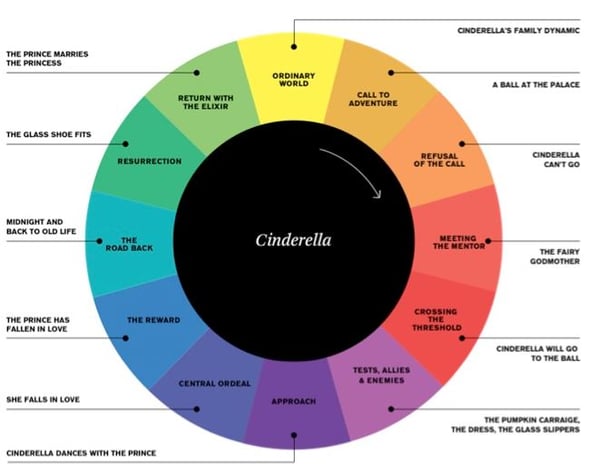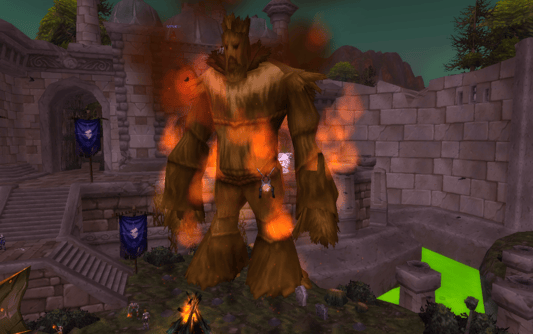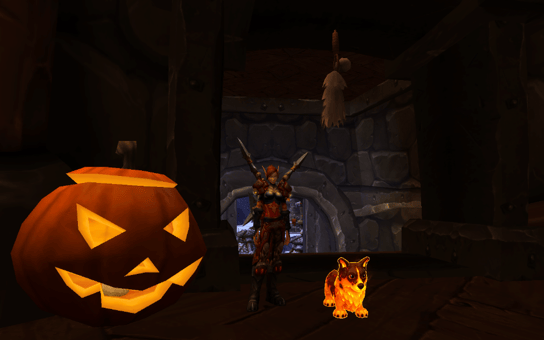While Black Friday marks the unofficial start of the holiday season for U.S. retailers, visions of sugar plums dance in retailers’ heads (and on their shelves) well before Halloween. The so-called “Black Friday Creep” in which sales and decorations start on or before Thanksgiving, has gotten a lot of press. Remember this Kmart ad from SEPTEMBER?!
The backlash was inevitable—too many news stories about workers forced to forgo their Thanksgiving dinners and deal-seekers trampled over new flat-screen TVs. In reaction, several high profile retailers are taking a stand against staying open on Thanksgiving. Nordstrom’s gotten great press for continuing its tradition of closing all 118 locations in the U.S. on Thanksgiving Day and reopening on Black Friday. Fun fact: this is not the only “creep” that Nordstrom avoids—it also avoids the “Christmas creep,” a trend in which retailers start decorating for Christmas before Thanksgiving even happens. Nordstrom believes in “celebrating one holiday at a time,” and does not decorate for Christmas until Black Friday.
Here’s my favorite example of a company combatting the creep—equipment company REI recently announced that it will not only close on Thanksgiving, but also remain closed on Black Friday. The brand has taken this unusual move and used it as a branding opportunity as part of a new campaign called “Opt Outside” (#optoutside). REI encourages both employees (who will be paid for the day) and customers to skip the mall and spend Black Friday enjoying the outdoors instead of shopping. Over 800,000 people have already committed to Opt Outside this Black Friday, and you can choose to join directly on REI’s website. It’s a brilliant idea, and it works because it’s consistent with REI’s brand promise and its customers’ values.
What are your Black Friday plans? Are you planning on spending your Black Friday racking up holiday deals? Or are you going to Opt Outside with REI? Let us know in the comments!
Rebecca is part of the field services team at CMB, and she is excited to celebrate her favorite time of year with her family and friends.











